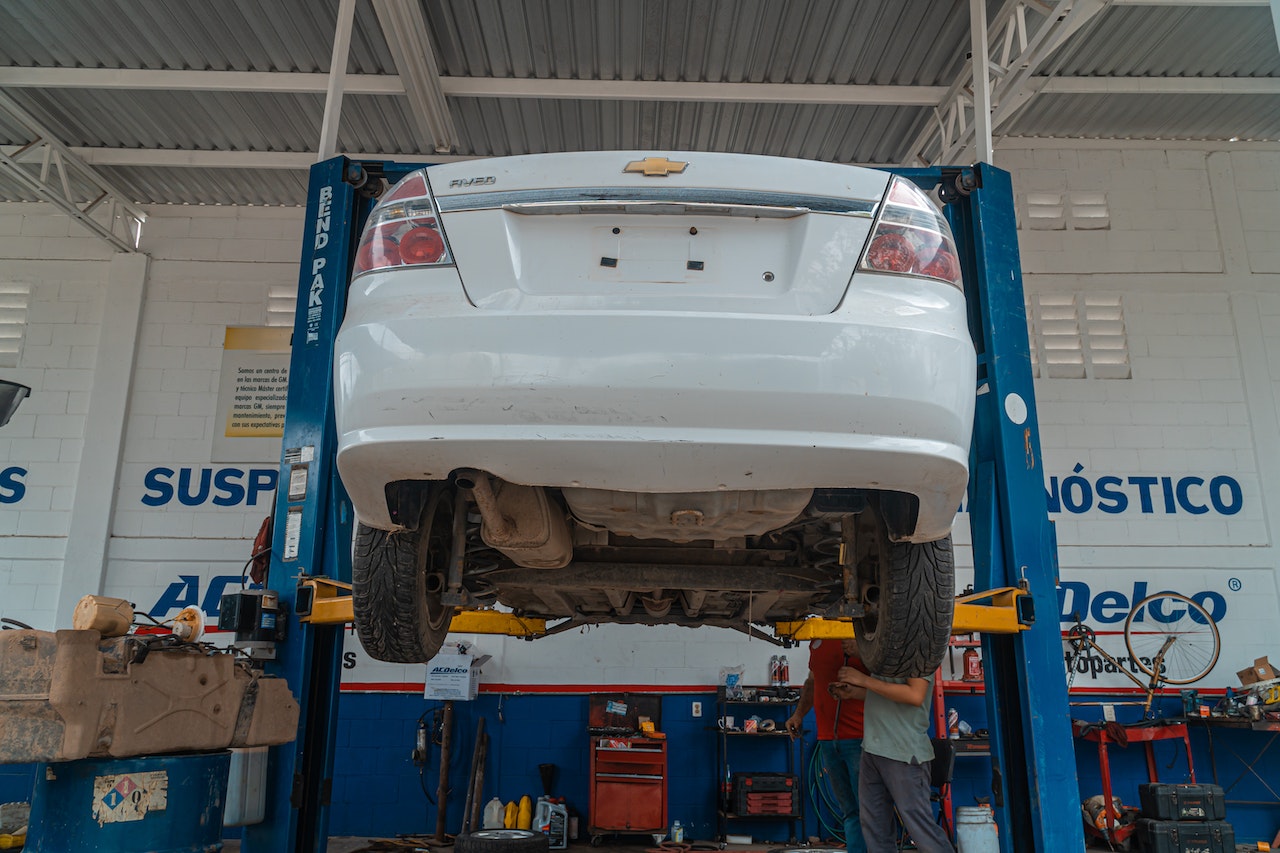What are the Parts of a Suspension and How Do They Work
The shocks, a suspension part is just one of the many parts of a suspension including springs, dampers, and sway bars. The suspension of a vehicle is designed with three main jobs: smooth out bumps, keep tyres in contact with the road, and control vehicle stability. The suspension of the car is just one of the many parts of the chassis which includes all the important systems in a car’s body. This includes the frame, suspension system, steering system, and tires and wheels.
The frame is the load-carrying component that supports the car’s engine and body. The suspension system is the setup that supports weight, absorbs and dampens shock and helps maintain tyre contact. The steering system is the mechanism that allows the driver to steer and guide the vehicle. The tyres and wheels are what make the vehicle motion possible by grip or traction with the road.

The following are the fundamental components of any suspension: springs, dampers and sway bars.
Springs
Springs can come in one of four basic designs:
- Coil springs
- Leaf springs
- Torsion bars
- Air springs
Springs are designed to compress and expand to absorb the motion of the wheels.
Shock absorbers
A car’s springs extend and release the energy it absorbs from a bump, but without a dampening structure this energy release will be uncontrolled. This is why a shock absorber is important, it is a part of the suspension that controls unwanted spring motion through dampening. Shock absorbers slow down and reduce the vibrations by turning kinetic energy of suspension movement into heat.
A shock absorber is much like an oil pump between the frame of the car and the wheels. The upper part of the shock is connected to the frame, while the lower part is connected to the axle. When the car encounters a bump, the wheel causes the spring to coil and uncoil, and the energy of the spring is transferred to the shock absorber, through the piston rod and into the piston.
Shock absorbers have two cycles – the compression cycle and extension cycle. The compression cycle occurs when the piston moves downward, compressing the hydraulic chamber below the piston. The extension cycle occurs when the piston moves toward the top of the pressure tube.
Struts and Sway Bars
The strut is a shock absorber mounted within a coil spring. Struts have two jobs: providing a dampening function like shock absorbers, as well as structural support for the vehicle suspension. Shocks and struts are considered critical safety features, as worn shocks and struts can allow excessive vehicle-weight transfer from front to back or from side to side. This reduces the tyre’s ability to grip the road, as well as handling and braking performance.
Finally, sway bars are used along with shock absorbers or struts to give moving vehicles additional stability. A sway bar is a metal rod which spans the entire axle and joins each side of the suspension together.
Overall, maintaining and repairing your suspension parts is highly important, as it helps smooth out bumps on the road, keep tyres in contact with the road and control vehicle stability.

